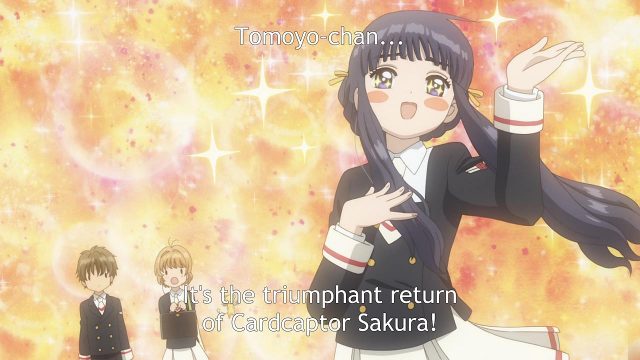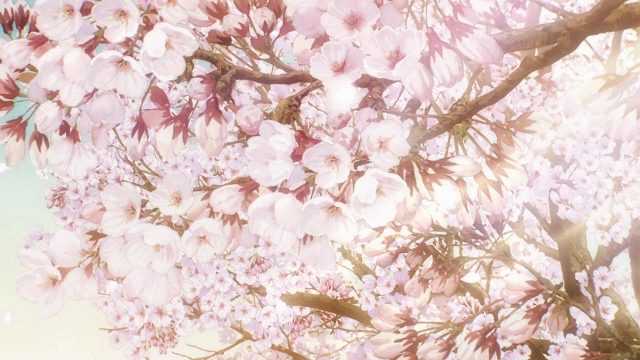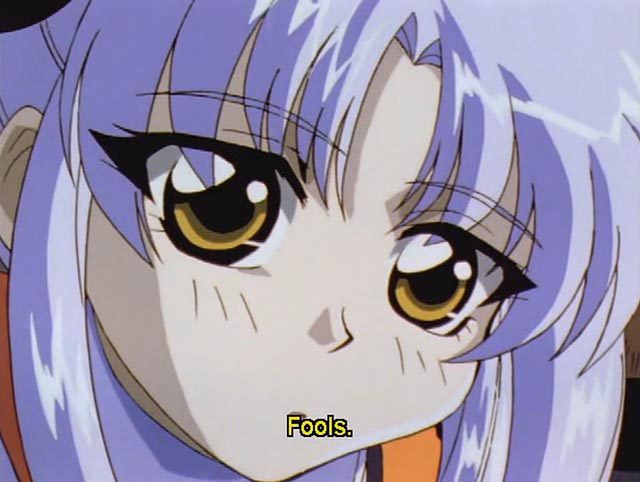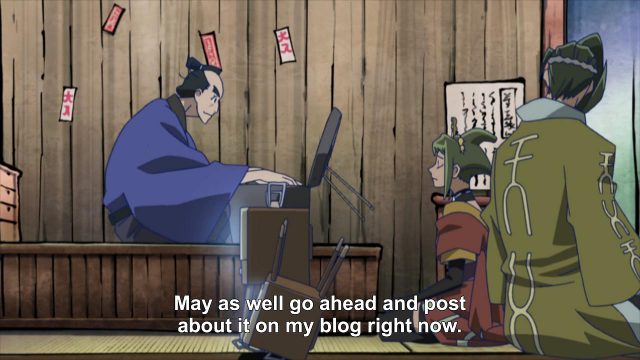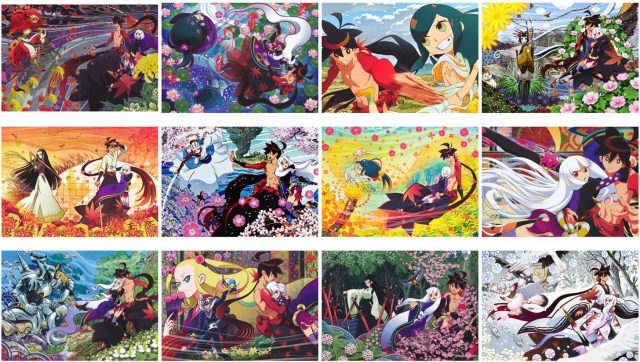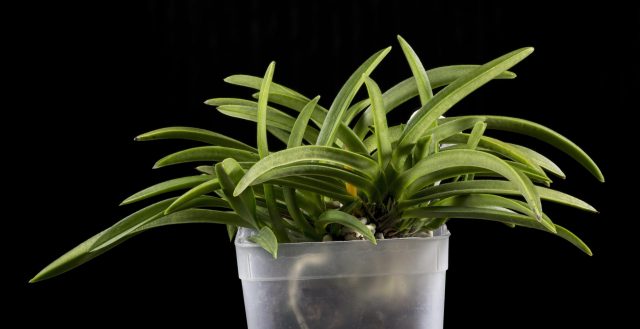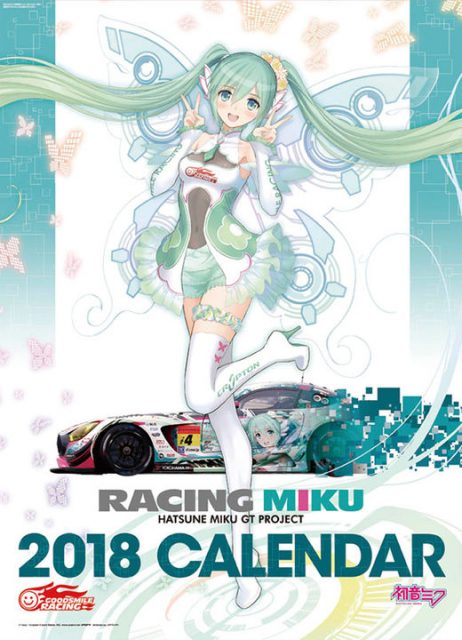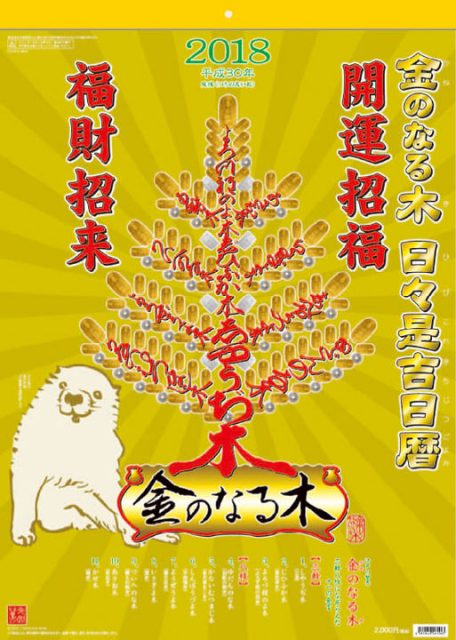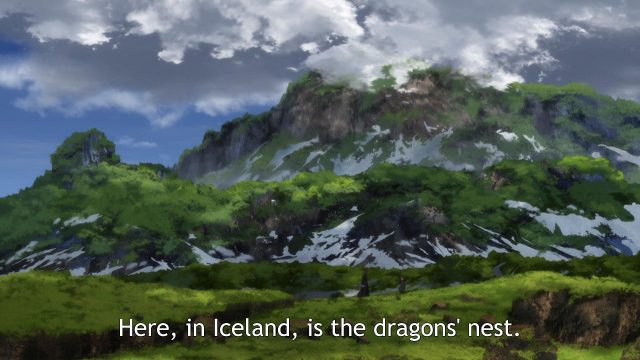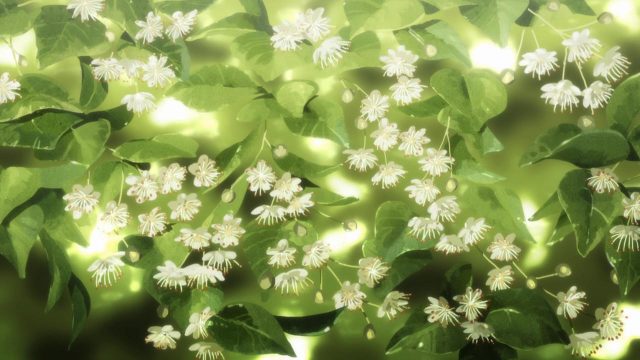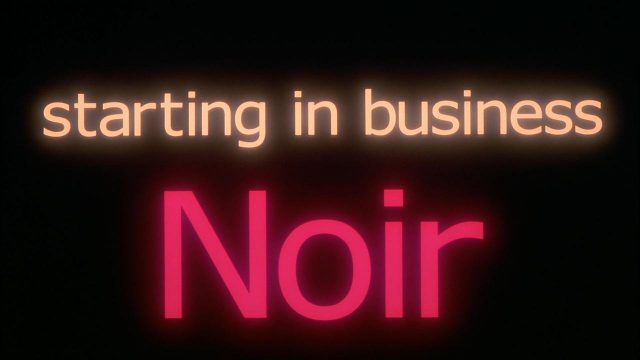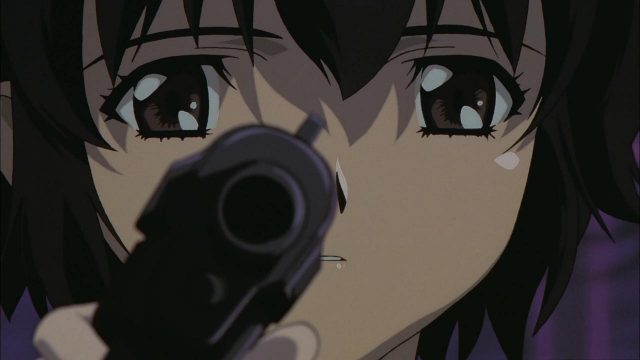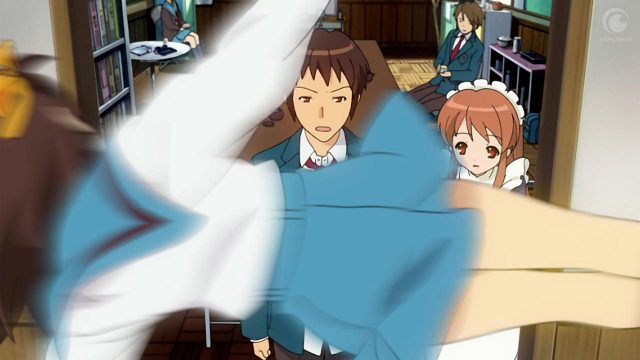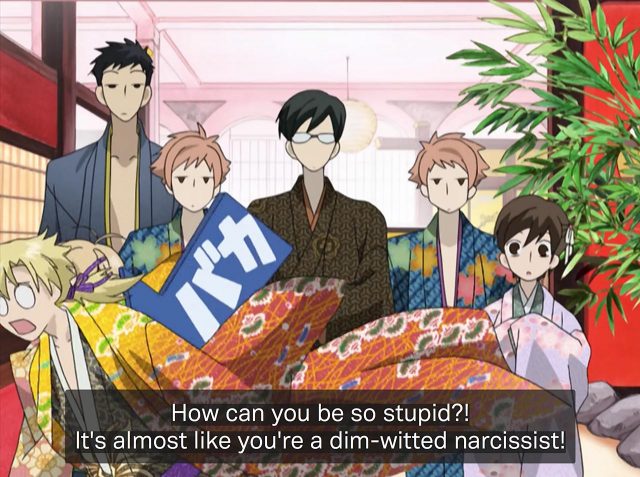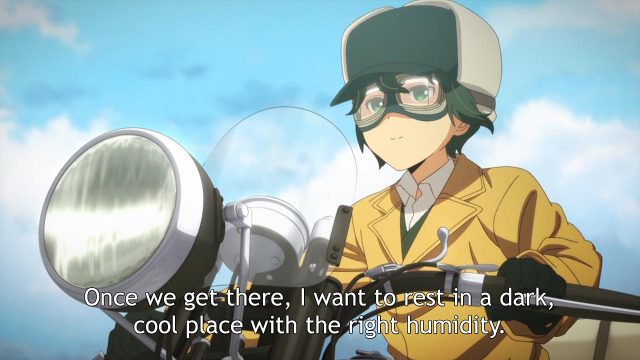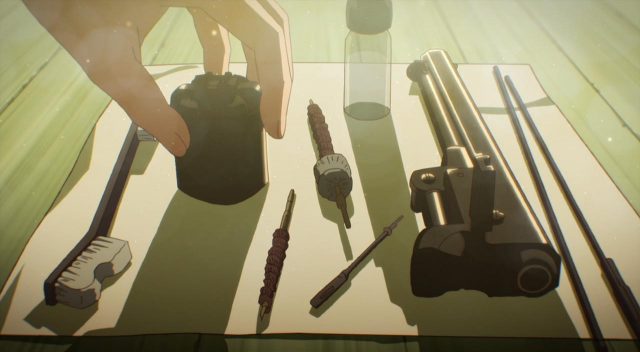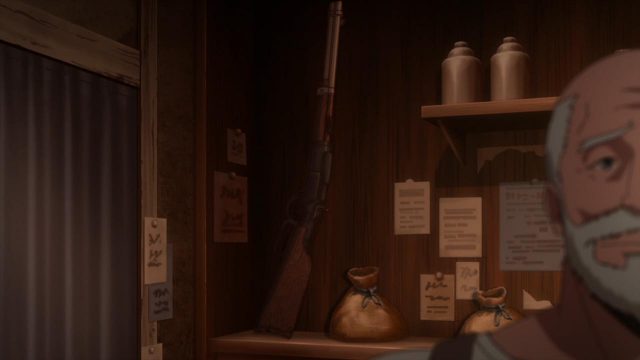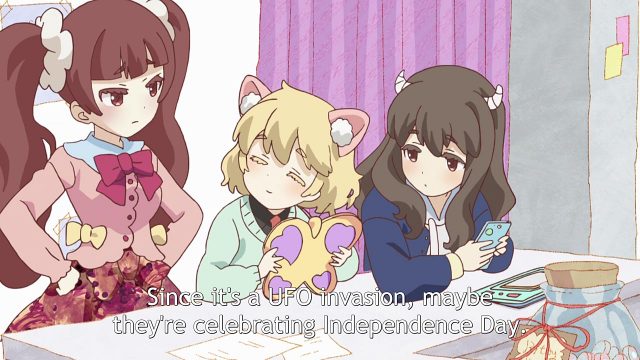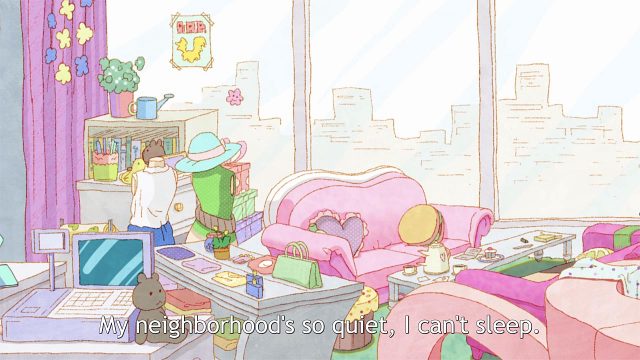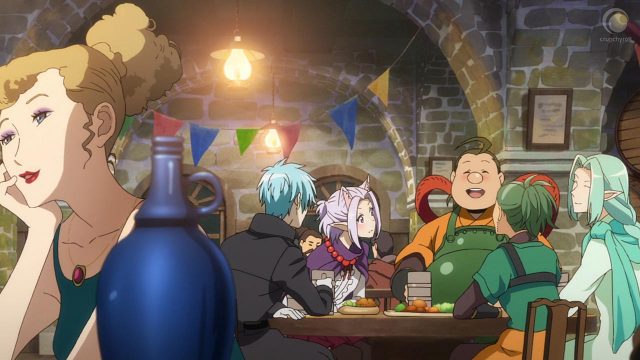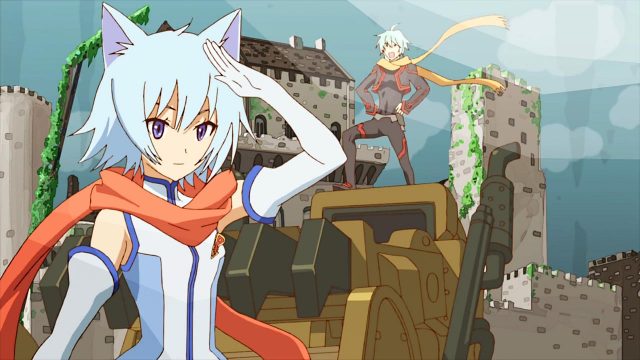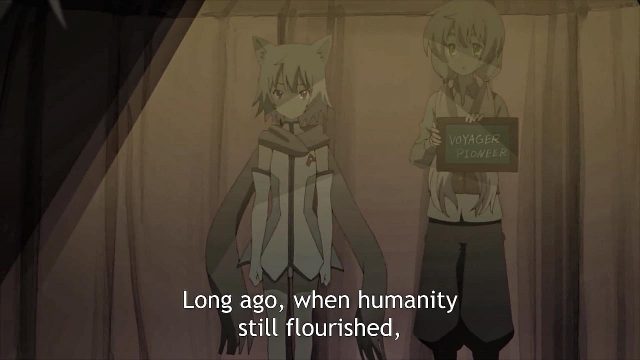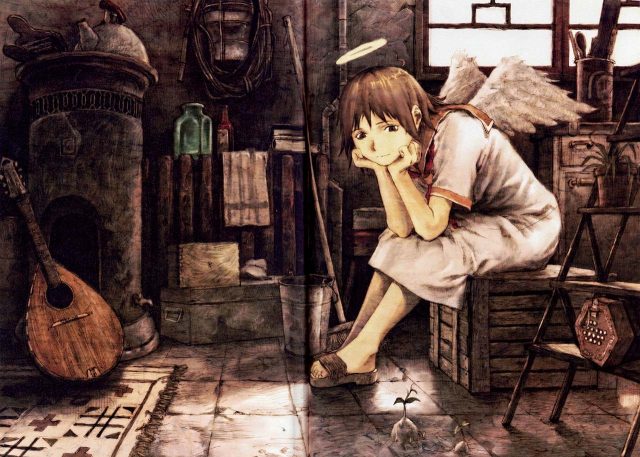Back in the 19th century, virtuoso pianists took themes from popular operas and arranged them into fantasies to showcase their pianistic prowess and dazzle audiences. These operatic paraphrases fell out of favor in the austere 20th century, and nowadays the only one you might hear is Liszt’s “Réminiscences de Don Juan,” based on themes from Mozart’s Don Giovanni. It’s a shame. They may not be great music, but they can be fun.
In this 21st century, something similar is evolving in Japan. Here’s a piece based on Yuki Kajiura’s music for Madoka Magica, arranged and performed by “Animenz.”
Here’s a more ambitious piece, based on themes from Gunbuster, performed by Yui Morishita, a.k.a. “Pianeet.” (It’s not clear whether it’s his own arrangement, but I suspect that it is.)
And another theme from Madoka, arranged and performed by Morishita.
Morishita is particularly interesting. Besides playing anime music, he is also an Alkan specialist. The reclusive Charles-Valentin Morhange, who changed his name to “Alkan,” was of the same generation as Liszt and Chopin and wrote notoriously difficult piano music. Morishita has recorded three CDs thus far of Alkan’s music. I’d like to embed here the video of his rendition of Alkan’s “Le chemin de fer,”1 which has particularly good sound and shows the finger gymnastics from several angles, but for no obvious reason I can’t.
You can find more of Morishita performing both anime tunes and Alkan on YouTube. I think he just might have the chops to make proper Lisztian paraphrases of anime themes that any fan of piano music will enjoy, and I hope he does. I’d really like to hear a good “Noir” or “Cowboy Bebop” fantasy.
For those who are interested in extreme piano, there is an Alkan Society. Unfortunately, it’s based in Great Britain, and its events are a wee bit inconvenient for Kansans to attend.
Here’s a recent article on Jewish comedian-musicians, which oddly spends quite a bit of time discussing Alkan.
*****
Who am I?
Yeah, right. Who do you think you are?
(Via Robbo.)
*****
… and now for something completely different. Alkan didn’t just compose for piano.
Libretto:
As-tu déjeuné, Jaco? (The French counterpart of “Polly want a cracker?”)
Et de quoi?
Ah.


